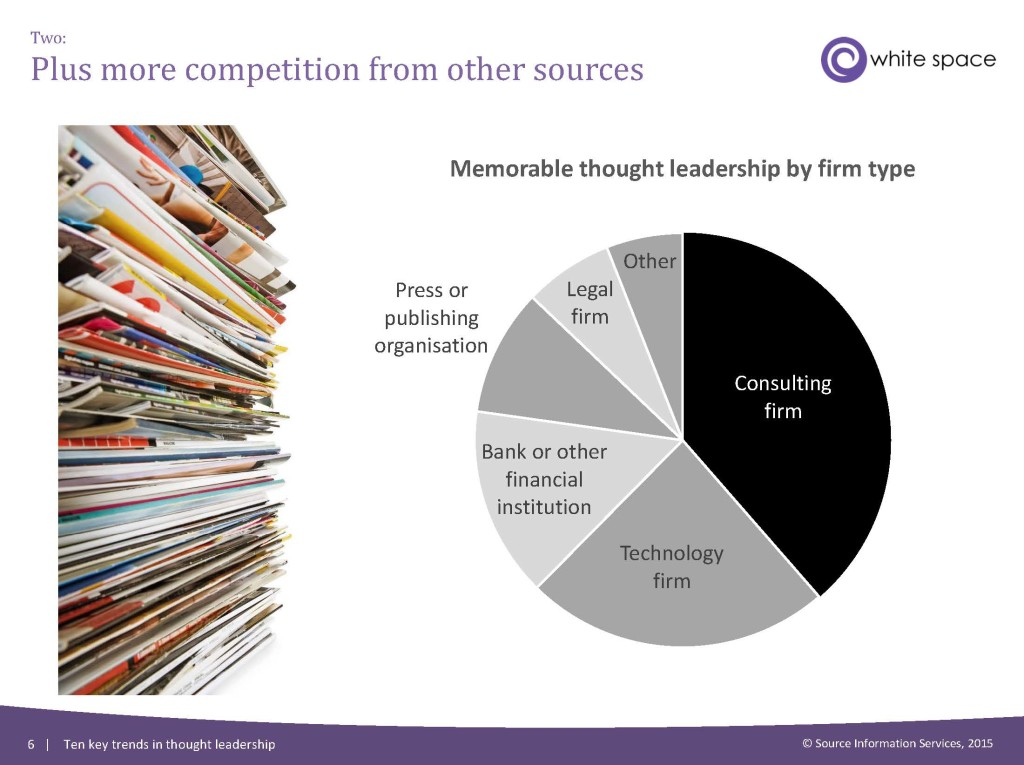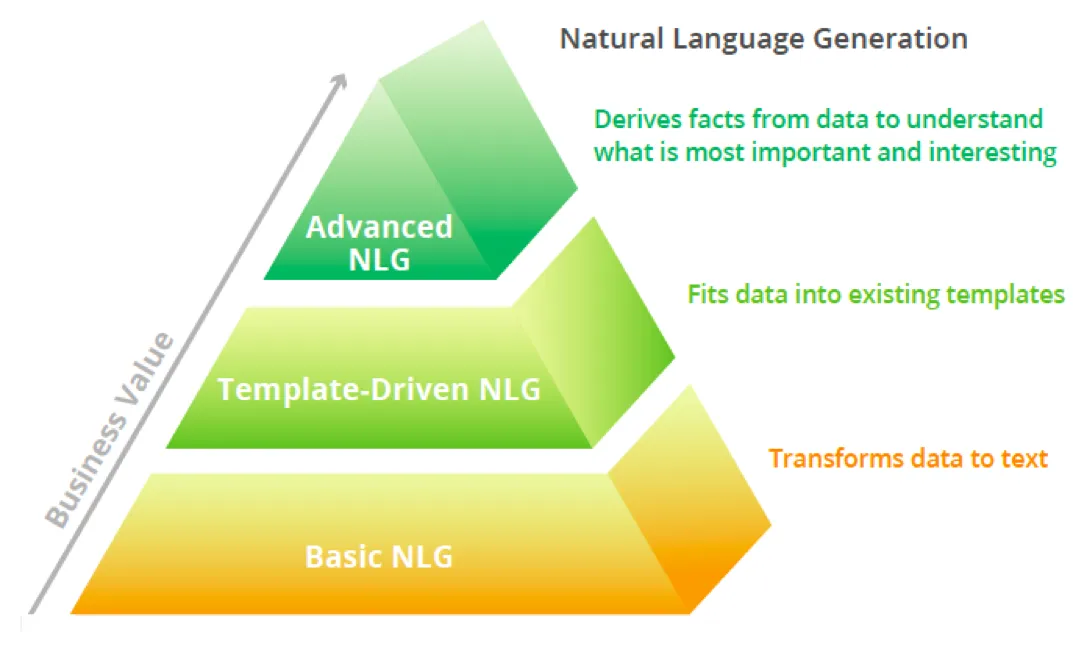Speakers: Joseph Cordes, Associate Director of the School of Public Policy and Administration, George Washington University; Sharon M. Oster, PhD, Yale School of Management; Christopher M. Harris, Program Officer, Ford Foundation; Hildy J. Simmons, Managing Director, Global Foundations Group at J.P. Morgan Private Bank; Gladys Carrion, Executive Director, Inwood House; William D. Watley, Chief Executive Officer, New Jersey Commerce & Economic Growth Commission; Howard P. Tuckman, Dean of Rutgers Business School.
This lecture was hosted by the National Center on Nonprofit Enterprise and featured a presentation by Joseph J. Cordes, PhD, of George Washington University. Professor Cordes reviewed how cost-benefit analysis was developed to evaluate government regulation. He believes that it can help decision makers in the nonprofit sector. Using his methodology, nonprofits would assign monetary values to evaluate the social benefits, social costs and transfer effects of any of their programs. Cordes believes that by looking at the impact of programs on different stakeholder groups, a nonprofit professional can learn a lot about their programs. Overall, he expressed hope that cost-benefit analysis would provide consistent measurements that would allow comparison between programs.
After the presentation, a panel of experts made comments. Sharon M. Oster of Yale University noted that it was difficult to project benefits into the future because “discount rates” often run close to zero. In other words, while an investment in a security may have a rate of return of 5% a year, a nonprofit enterprise might only achieve a 0-1% rate of return.
Other commentators worried that cost-benefit analysis does not take into account individual traits like leadership. Gladys Carrion, executive director of Inwood House, worried that cost-benefit analysis may be another fad that adds more burdensome paperwork to already overworked social service providers.



